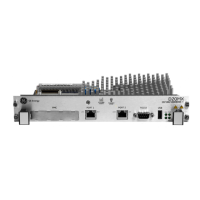D20MX INSTRUCTION MANUAL GE INFORMATION 113
D20MX Processor
Appendix C: Frequently Asked
Questions
Frequently Asked Qu estions
This appendix answers some frequently and commonly asked D20MX questions:
• Why is a D20MX RTU important?
• How does configuration storage work in the D20MX?
• Why does the D20MX use the Vxworks Operating System instead of pSOS?
• Is the D20MX hardware backward compatible?
• Are the PCOMMON versions compatible with the D20MX?
• What is the recommended operating temperature range of the D20MX?
• What software application is used to configure a D20MX configuration?
• Can you migrate an old D20/D200 configuration to D20MX?
• What comprises a typical D20MX firmware upgrade?
• How do you upgrade the low-level firmware components of a D20MX?
• Can you migrate an old D20/D200 configuration to D20MX?
Questions and answers
Q: Why is a D20MX RTU important?
A: The D20MX is being introduced for the following reasons:
– Some electronic components used in the D20 products have reached their end-
of-life; For example, the 68EC030 CPU in the D20ME II and D20ME boards.
– VXworks is the new operating system for the D20MX; this is more robust for D20
applications.
– The D20MX offers Cyber Security features that are intended for critical
infrastructure protection within the power system. This is required for Electric
Reliability Compliance.
– The D20MX is a modern platform that is capable of handling current and future
processing needs, particularly for security.
– The D20MX has 1 GB of RAM, compared to 1 MB RAM in the D20ME.

